Oklahoma’s Data Center Building Boom
More companies are bringing their information operations to the American heartland—and Oklahoma in particular.
The information revolution has given rise to a new kind of warehouse: the data center. These specialized structures are where companies and government entities store and manage the ever-expanding volume of information they must deal with. And there are now more than 2,500 of them in the U.S. The most prominent locations for data centers are Northern Virginia, Dallas, and Silicon Valley, respectively.
But things are changing, because …
A data center can be located anywhere.
The requirements for a data center are few but stringent: They must have access to abundant electricity, with redundancy and backup systems in place. They must maintain constant temperatures, so a powerful, fail-proof air conditioning system is essential. And they must have reliable connectivity to the internet.
With the near universality of internet access in the United States, the geographical location of a data center is less and less important. (Thus, the largest data center in the U.S. is located in a relatively rural community of less than 15,000.)
But along with the above-mentioned requirements, all data centers need one thing—space, and lots of it. Thus, the price of land becomes a prime consideration. Enter the state of Oklahoma, where land prices are among the lowest in the United States.
Oklahoma also attracts businesses with a broad menu of incentives, including property tax rates that are among the nation’s lowest. And its rock-bottom cost of living makes it especially attractive for prospective employees.
That brings up the other requirement for any data center: skilled professionals to run it. Oklahoma is well prepared to that need; the University of Oklahoma has a robust computer science department that turns out scores of job-hungry graduates each year. And, to supplement its homegrown workforce, the state lures out-of-state IT professionals with programs like Tulsa Remote, which pays eligible applicants $10,000 to relocate to the area and work remotely. Among the various positions a data center needs are engineers, electricians, production leaders, project managers, data center technicians, and maintenance technicians.
The Great Plains states, including Oklahoma, are well-known for their frequent tornados. On the other hand, the region is relatively immune to a number of other natural disasters, such as hurricanes, earthquakes, tsunamis, flash floods, forest fires, and landslides. In the eyes of many, that gives Oklahoma a distinct advantage over the more densely populated coastal regions.
Given all these factors, it’s no surprise that companies of all types are rushing to build data centers in the Sooner State. Here are a few examples of firms that have brought their data centers to Oklahoma, including some that are soon to be built:
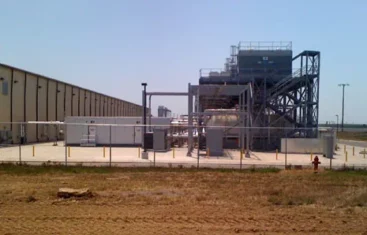
COMPANY: Google
LOCATION: Prior, OK
SIZE: 1,400,000 sf
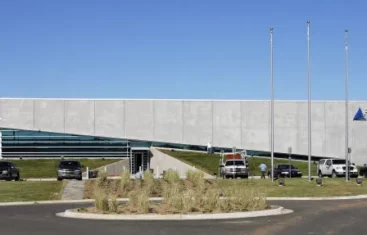
COMPANY: Perimeter Technology
LOCATION: Oklahoma City
SIZE: 22,000 sf
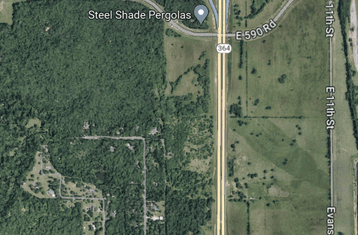
COMPANY: Project Anthem
LOCATION: Tulsa, OK
SIZE: 340 acres, 200MW
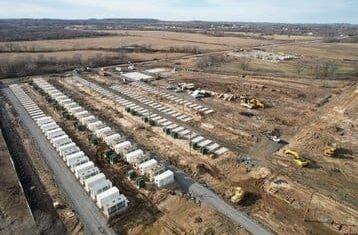
COMPANY: Polaris Technology
LOCATION: Muskogee, OK
SIZE: 42 acres
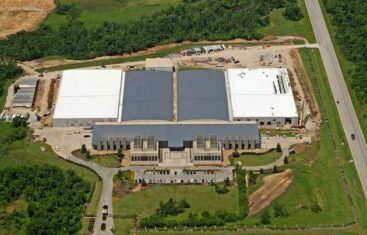
COMPANY: EDS
LOCATION: Tulsa, OK
SIZE: 440,00 sf

COMPANY: Titan Private Security Vault
LOCATION: Sapulpa, OK
SIZE: 20,000 sf
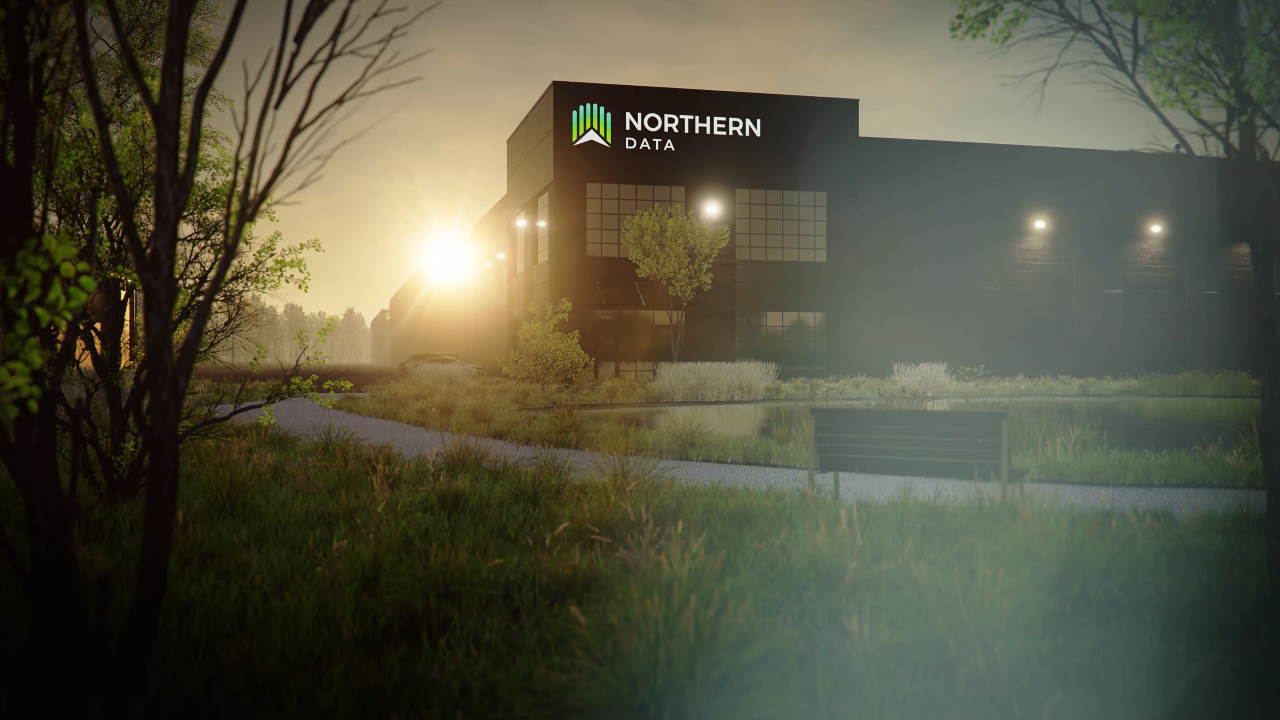
COMPANY: Northern Data
LOCATION: Oklahoma City
SIZE: 100,000 sf
The Northern Data facility, located at MidAmerica Industrial Park, will serve as the company’s North America headquarters. With an investment of $270 million, it will employ an estimated 150 people. Northern Data, one of the world’s preeminent tech companies, expects to build several more 150,000-square-foot buildings in Oklahoma over the next several years. The Germany-based firm already operates in ten countries around the world.
Three Types of Data Centers
- Onsite data centers are physically connected to a company’s headquarters or base of operations.
- Hyperscale data centers, such as the Google facility in Pryor, Oklahoma, house the information of large data companies, and typically occupy huge spaces.
- Colocation data centers offer space and services to various entities, hosting their servers and hardware.
A prime example of a colocation facility is the RACK59 Data Center in Oklahoma City, which occupies 15,000 square feet of the 7725 CONNECT building and has hosted companies such as Lucent Technologies and AT&T.
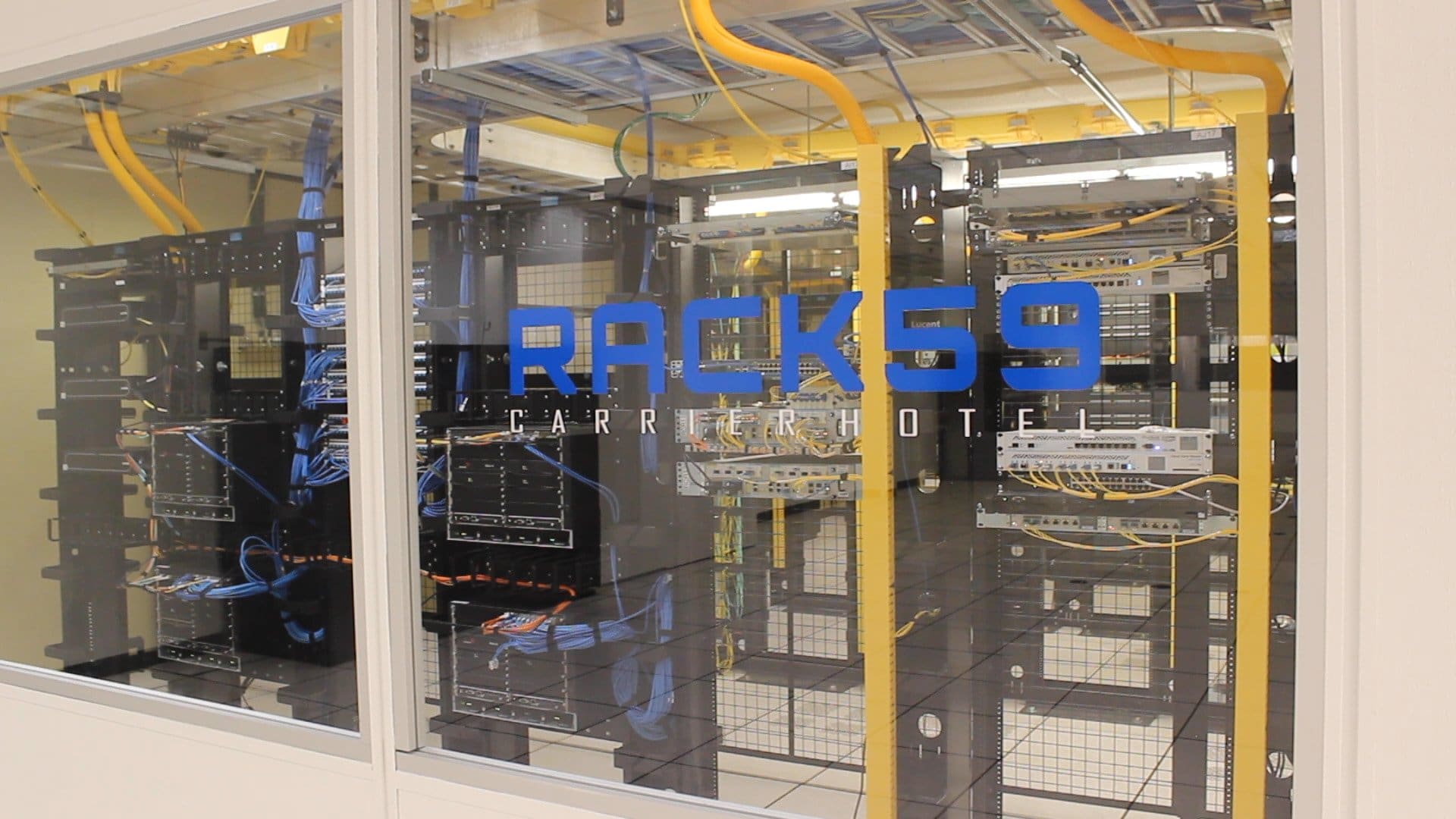
The Tierpoint Tulsa facility, located in the state’s second-largest city, is another typical example of a colocation data center. This structure offers corporate clients 32,000 square feet of space, including more than 16,00 square feet of raised floor space.
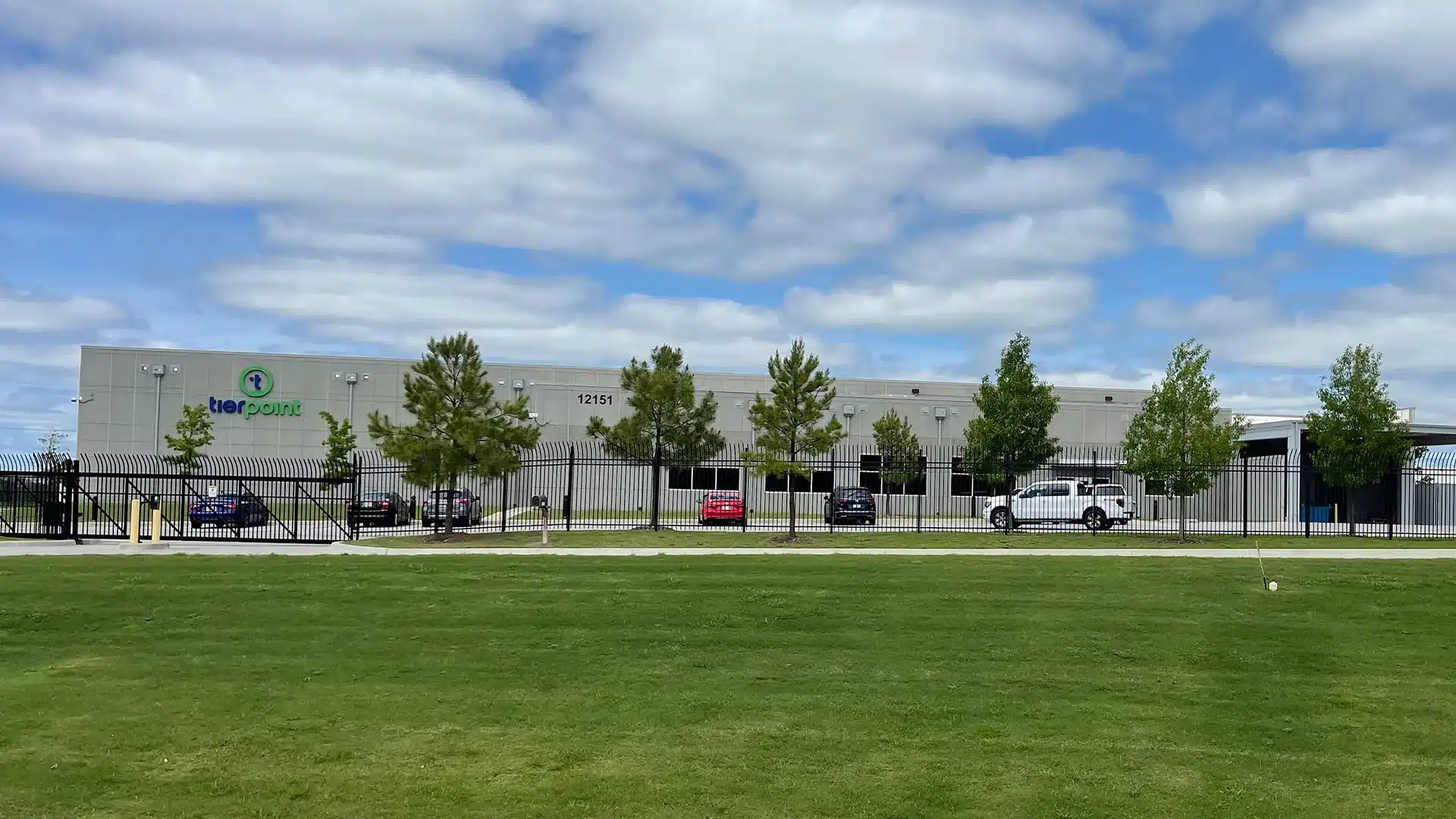
With the nationwide shift toward remote work that accelerated during the covid era, IT professionals and others can often choose to live wherever they please and still stay employed. The high cost of living—especially home prices—in the urban coastal regions has led many to relocate in less-populated states where the pace of life is easier, and costs are lower. Oklahoma, with its bucolic environment and burgeoning technology industry, is perfectly primed to take advantage of this trend. So, we can expect the influx of data centers to Oklahoma to continue—and even increase—far into the future.


